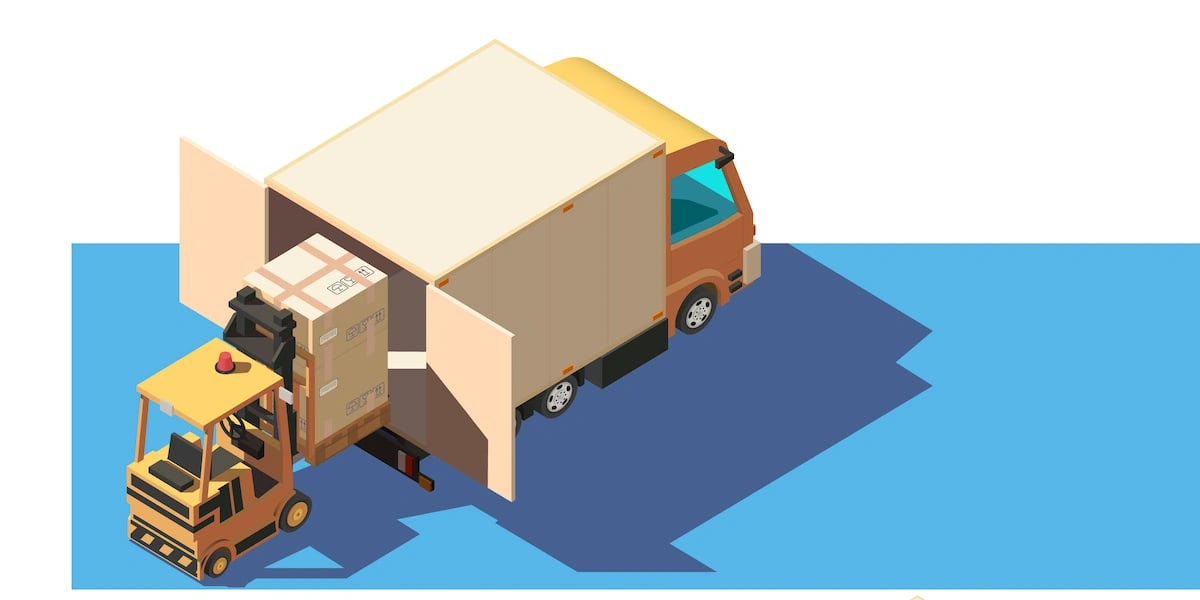In DispatchTrack’s latest report, we found that most businesses (66%) aren’t getting an earlier start this year than last when it comes to holiday preparations. But that doesn’t mean they’re not dealing with many of the same challenges that they did last year. 60% of businesses are still worried about inventory shortages this peak season (directly contradicting previous reports of potential oversupply), and plenty are worried about rising costs due to inflation, driver shortages, fuel price hikes, and other factors beyond their control. 
One of the most striking findings of the report, however, was that 82% of businesses are still worried about missing delivery windows in the upcoming holiday season. Worrying about time window requirements is certainly a common refrain in last mile deliveries, and the high delivery volumes that tend to come with the holidays are bound to make that worry more acute. At the same time, that number represents such a low level of confidence in consistently delivering at the right time that one has to wonder what’s causing all this uncertainty—and what delivery organizations can actually do about it.
Why Are Businesses Worried About Missing Delivery Windows?
It’s no secret that a lot has to go right in order to get the right goods to the right customer at the right time. Further up the supply chain, you need to actually receive the item to your warehouse in time to schedule it for a delivery. Even once the goods are in the right distribution center, you need visibility into where they are and whether an entire order is ready to be scheduled. Then, you need enough delivery capacity to turn the order around in a timely way—and this is before we start talking about all the factors like traffic, service time, and driver skill that go into on-time last mile deliveries.
All of what we’re describing ought to be challenging enough, but in 2022 it’s not just the logistics processes within their control that delivery organizations have to grapple with. Like we said above, 60% of businesses listed inventory shortages as a major concern. At the same time, 64% are still worried about driver shortages, which have the potential to make delivery plans all but unworkable. All the while, delivery costs are going: 92% expect delivery costs to rise this year before accounting for fuel cost increases.
All of this creates a challenging environment. Businesses are often being asked to do more with less when it comes to deliveries, and this year’s peak season looks to be no different. Meanwhile, all of this uncertainty around cost and other conditions has the potential to make planning deliveries a significant challenge. To overcome those challenges, businesses are going to need to prioritize visibility and find a way of bridging the gap between delivery planning and actual last mile execution.
How Can Businesses Ensure Right-Time Delivery This Holiday Season?
All of the holiday fretting above might seem a little bit grim—but even when uncertainty abounds, there’s a lot that delivery organizations can do to prepare to meet demand and deliver on time.
For instance, the keys to getting the most out of your delivery capacity and delivering at the right time actually dovetail quite nicely in the form of smarter route optimization and planning.
- When you leverage smart delivery route optimization software to find the shortest routes and the most efficient sequences of stops, you can complete more stops per route and thereby circumvent the worst effects of the driver shortage.
- At the same time, AI-powered routing processes can also offer predictive insights—based on accumulated delivery data, traffic information, service time data, and much more—into when your trucks will actually arrive at each stop. When you’re able to predict ETAs with this level of accuracy, you can make promises to customers that you can actually keep.
With this two-pronged approach, you put yourself in a position to set delivery dates and times that are actually reasonable, all without sacrificing volume. Because this kind of routing process gives you the ability to estimate your real capacity much more easily, you can visualize early on how much volume you can handle in-house, and then plan accordingly.
At the same time, late vs. on-time deliveries are largely a matter of setting expectations. Sure, there’s going to be a high volume of orders that have to arrive by Christmas. But when you’re able to set expectations with your customers and then build trust by actually meeting (or even exceeding!) those expectations, the whole process starts to feel a lot less like a roll of the dice and a lot more like a plan that can actually become a reality.
Best Practices for Handling Peak Season Capacity Crunches
Of course, there’s no silver bullet when it comes to handling capacity crunches without risking late deliveries to your end customers. But there are a number of best practices you can follow to turn the peak season chaos into an opportunity to be agile and delight customers:
Leverage technology that actually scales
The absolute last thing you want to be spending time on while preparing for the holidays is fussing with delivery management technology that can’t meet your needs. But if you have an on-premise delivery management solution—or even a cloud solution that can’t easily scale up to handle more deliveries—that’s exactly what you could wind up doing.
To ensure that your technology helps, rather than hampers, your efforts during the busiest time of the year, you need to ensure that your solution can handle as many orders, routes, and stops as you can throw at it—without slowing down at all.
By the same token, you should prioritize making sure that your technology makes it as easy as possible to bring on additional drivers for peak season or work with third party logistics organizations. This might mean seeking out software that easily integrates across different organizations and streamlines the process of providing visibility to all stakeholders.
Prioritize connectivity with drivers and customers
Delivering every order that comes in is hard enough—there’s no reason to add to that challenge by delivering some orders more than once. But that’s exactly what happens when you have to make redelivery attempts because a customer wasn’t at home—an occurrence that’s all too common, especially when there’s a lack of visibility into deliveries.
Luckily, when customers get real-time delivery updates—including up-to-the-minute ETA information—you can significantly cut down on missed and failed deliveries. The trick is just to make sure that you’re capturing status updates from your drivers in real time and leveraging those in proactive customer updates throughout the process. Ideally, you’d even order live order tracking through a dedicated portal. In this way, you can boost first-attempt delivery success, thereby ensuring that your delivery capacity is used to its fullest.
Ensure real last mile visibility
When it comes to the last mile, visibility needs to be concrete and actionable—not a buzzword or an abstract concept. You need the kind of visibility that gives you complete clarity into your delivery operations, and total control over what’s happening when your trucks are out on their delivery runs.
To make this kind of visibility possible, you need to ensure that you have the right data in the right place at the right time. If you have to spend time hunting for information, it’s already too late to get maximum value out of the data you’re collected. Prioritize a visibility solution that places its focus on clear, single-pane-of-glass UX that gives you both the descriptive and predictive info that you need to make decisions in real time.
There’s no getting around the fact that this year’s peak holiday season is going to be a challenge. But with the right approach—and the right technology—delivery organizations across the board transform on-time deliveries from a source of anxiety to a competitive advantage.
Download our report to learn more:
